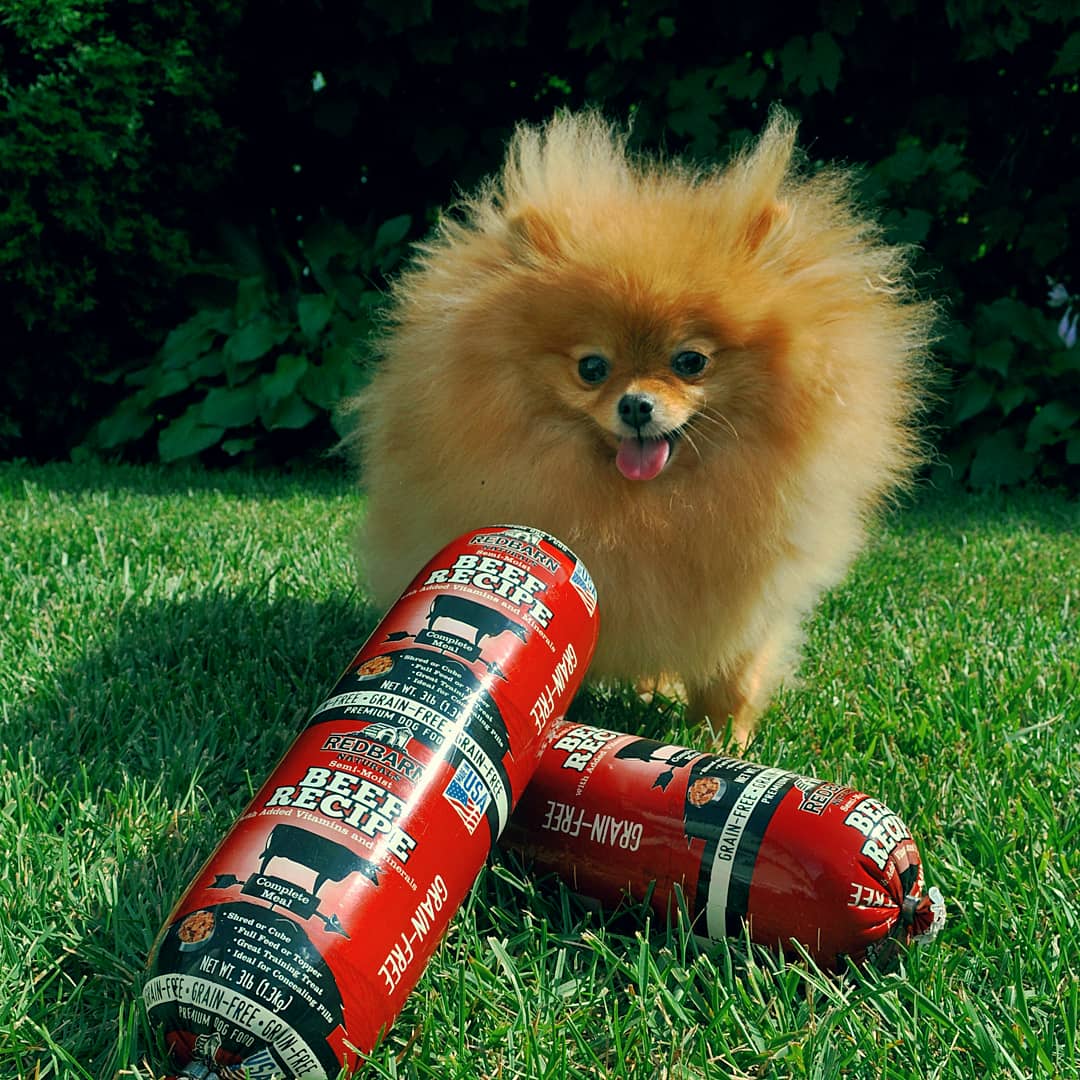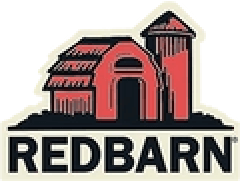
How to Choose High-Quality Dog Food
Share
The Best Ways to Choose a High-Quality Dog Food
Hundreds of dog foods are available and it can be tough to know how to meet your dog’s needs. But with a little extra information, finding a high-quality dog food doesn’t have to be an impossible task.
Know How to Read Nutrition Labels
The nutrition label on your dog’s food offers a lot of information, but only if you know how to decipher it. Pet food manufacturers list ingredients by weight. The first listed ingredients are those that are present in the largest quantities. So if chicken is the first ingredient then, by weight, it is the biggest single component.
If you take a look at the guaranteed analysis, you’ll find the percentages of protein, fat, fiber, and moisture. All pet food labels are required to include minimum percentages of crude protein and fat. Labels must also include maximum percentages of crude fiber and moisture.
Per the Association of American Feed Control Officials (AAFCO), “Guarantees for other nutrients are normally voluntary, although additional guarantees may be required to support claims made on the label. For example, claims such as ‘with calcium’ or ‘high in vitamin E’ would require minimum calcium or vitamin E guarantees.” For more information, read the AAFCO Guide to Guaranteed Analysis in pet food.
Protein Matters
Though there’s a debate in the pet community about whether dogs are carnivores or carnivorous omnivores, one thing is sure: dogs need a lot of protein. The first ingredient listed on the label should be meat – not meat byproduct, vegetables or preservatives. Foods that have higher meat percentages are superior to those with less. Read our guide to becoming a pro at protein for more information on understanding your dog’s protein needs.
Look out for Fillers and Splitting
Many dog foods, particularly cheaper ones, heavily rely on corn, grains, and other fillers to round out their foods. In moderation, for dogs without an allergy or sensitivity, grains can be a great addition to the canine diet. But while carbohydrates are necessary for your dog, they should not be the primary ingredients. Look for foods where these are listed lower on the ingredients panel.
Some dogs are sensitive to ingredients like wheat, which is why many brands provide grain-free recipes. Grain-free foods aren’t intrinsically better because grains aren’t inherently unhealthy for dogs. Still, many people prefer grain-free recipes. You will still want to take a good look at the ingredients panel on grain-free dog foods to be sure other undesirable ingredients haven’t been used to replace the grain.
Splitting is one way that large amounts of fillers go unnoticed in ingredients panels. Splitting is when the same type of ingredient is listed several times in the ingredients panel by different names. For example, high fructose corn syrup, sugar, and sucrose. Because those three ingredients are all slightly different, they can all be used in food and listed separately. But ultimately, high fructose corn syrup, sugar, and sucrose are all sweeteners. In this case, you might see those three sweeteners spread throughout an ingredients panel and not realize how much sweetener is present.
Splitting can also happen with ingredients like grain or corn. Dog food may have chicken broth as the first ingredient, corn gluten meal as the second, chicken as the third, and animal fat preserved with ground yellow corn as the fourth. It looks like chicken is the main ingredient but it is a corn-based product.
Don’t Be Afraid of Vitamins and Minerals
It might seem like common sense to avoid things with strange or unpronounceable names, but sometimes complicated names represent things necessary for proper bodily functions. If you take a look at our ingredients dictionary, you might notice items like betaine hydrochloride. That’s a pretty crazy sounding name, but betaine hydrochloride is a digestive aid. It supports healthy protein digestion and metabolism of nutrients. The body converts betaine hydrochloride to choline, which is necessary for fat transport and to protect nerve function.
Some of these strange names are even things we all know. For instance, D-Activated Animal Sterol- what’s that? Animal Sterol is a substance found in fat and skin. D-activated means that it was treated with UV-light to produce vitamin-D. Vitamin D is essential for calcium absorption into bones and reduces calcium and phosphorus loss during urination.
Some of the strange names you find on an ingredients panel are even things we all know. For instance, D-Activated Animal Sterol- what’s that? Animal Sterol is a substance found in fat and skin. D-activated means that it was treated with UV-light to produce vitamin-D. Vitamin D is essential for calcium absorption into bones and reduces calcium and phosphorus loss.
Talk to Your Vet
If your dog has health issues or the food you’ve chosen isn’t working out, it’s time for a chat with your vet. Ten percent of all dogs with allergies have food allergies. Symptoms include compulsive licking, diarrhea, loss of hair or bad smell. Allergy symptoms can also include greasy skin, behavioral issues, and trouble sleeping. If you’re concerned your dog might have allergies, ask your vet to test him or her. If your dog does have an allergy, you’ll want to look for a food that excludes the problematic ingredient. Whether or not a hypoallergenic food is necessary will be dependent on your dog’s allergy.
Don’t be Afraid to Ask Questions
Create a list of any questions or concerns you have about your dog’s food and nutrition to take with you on your next vet visit. You can also ask your veterinarian if they have any favorite websites or resources for dog nutrition and pet health.
Curiosity is one of the biggest tools for choosing high-quality dog food. If you’re unsure of an ingredient or which variety would be right for your dog, the customer service department can be a great resource. If you ever have questions about Red barn products, you can contact Redbarn Customer Service at 800-775-3849 or [email protected].
All data and information provided on this site is for informational purposes only and reflects the views of the authors alone. This information may not reflect those of the organization. Redbarn.com makes no representations about the accuracy, completeness, timeliness, suitability, or validity of any information on this site. Redbarninc.com will not be liable for errors, omissions, or delays in this information or any losses, injuries, or damages arising from its display or use. All information provided is on an as-is basis. Please note that each situation is different. You should always consult your veterinarian if you have any questions about your pet’s health.



